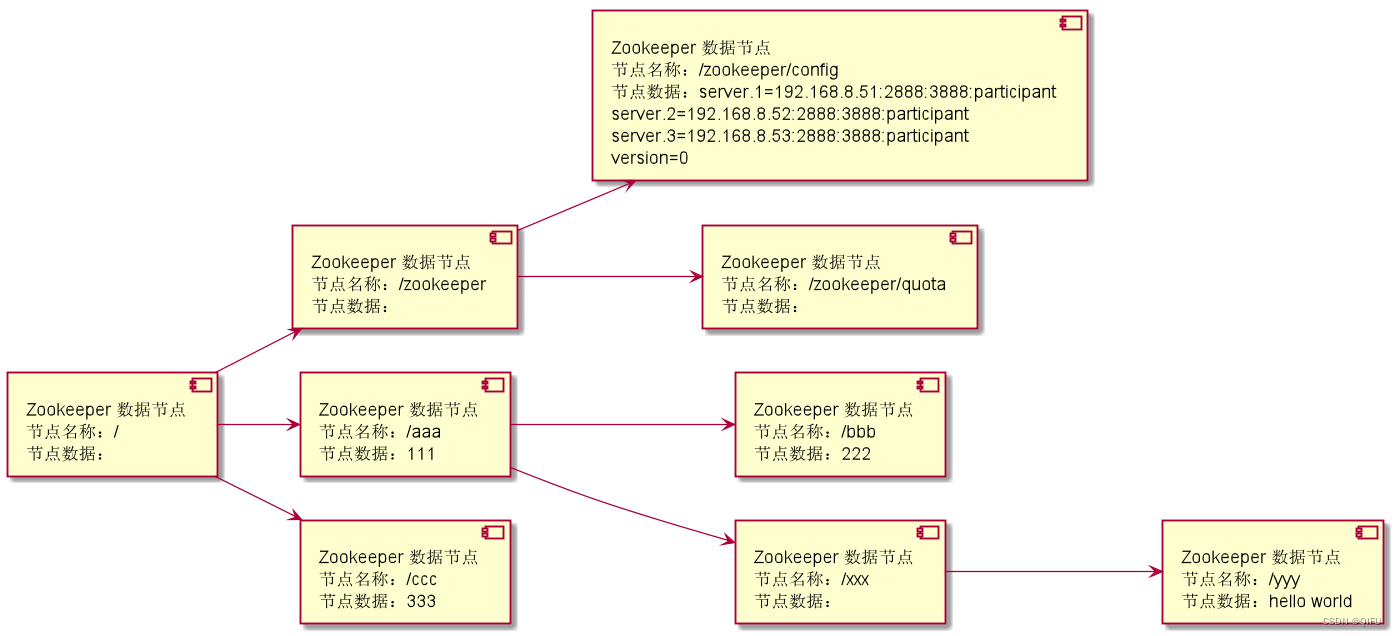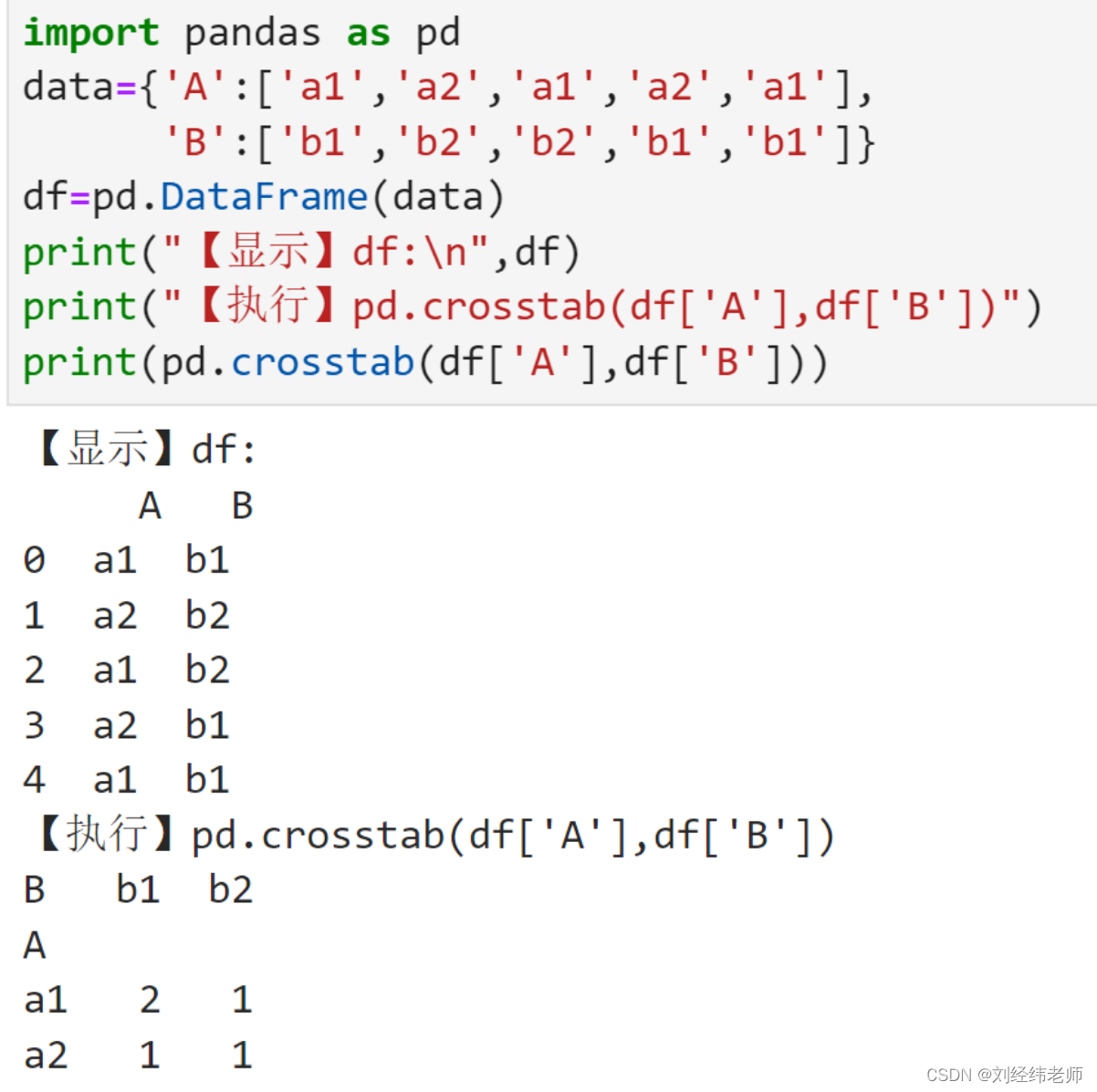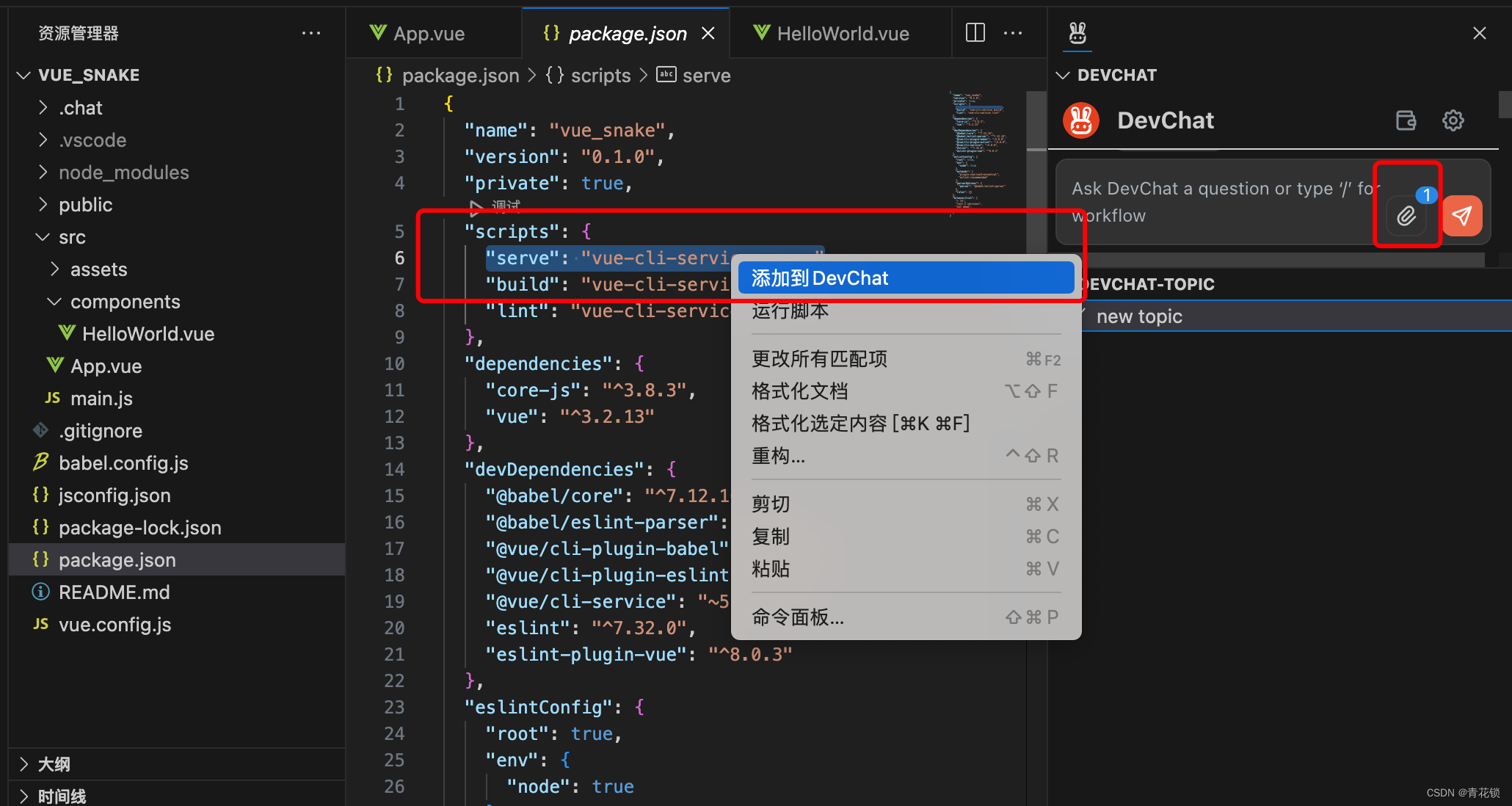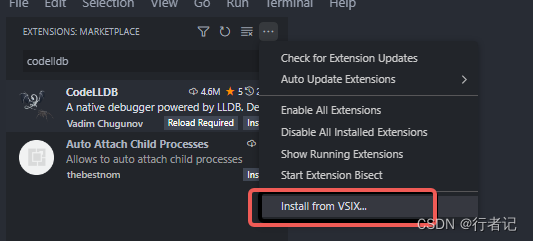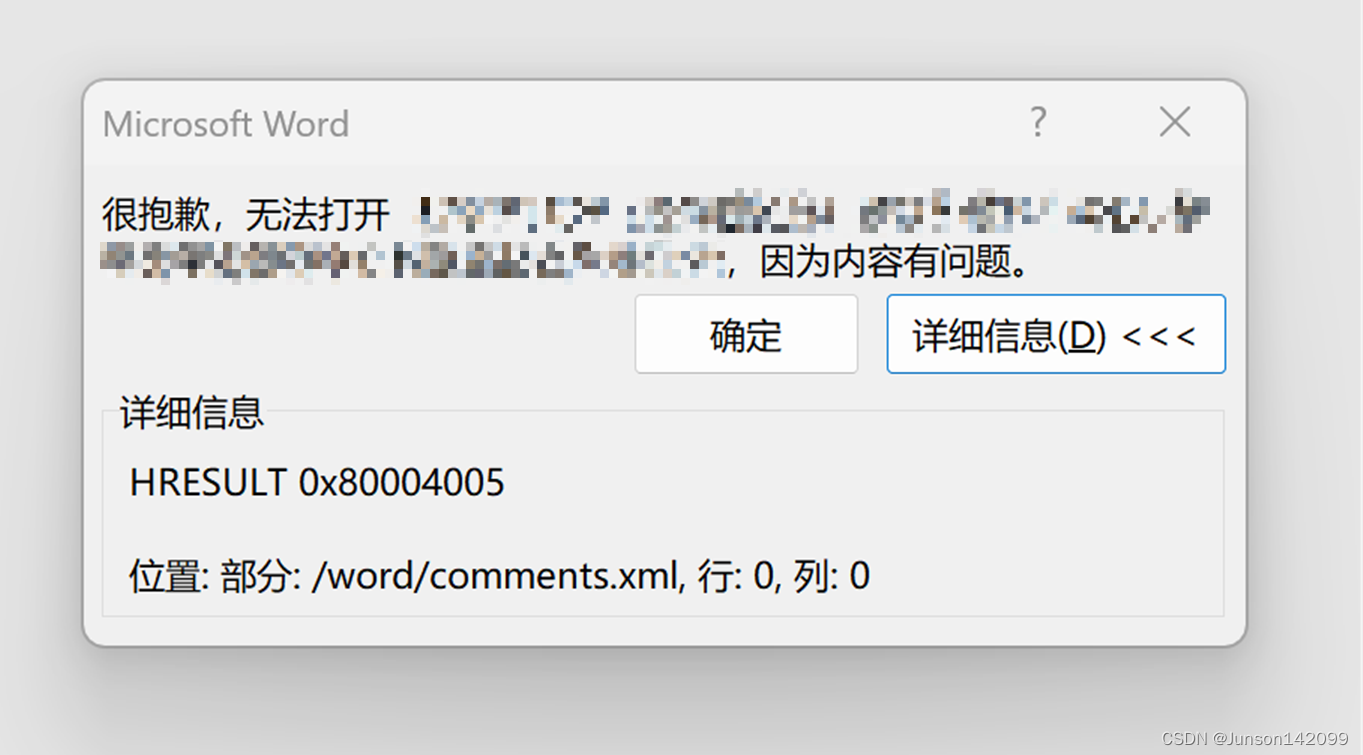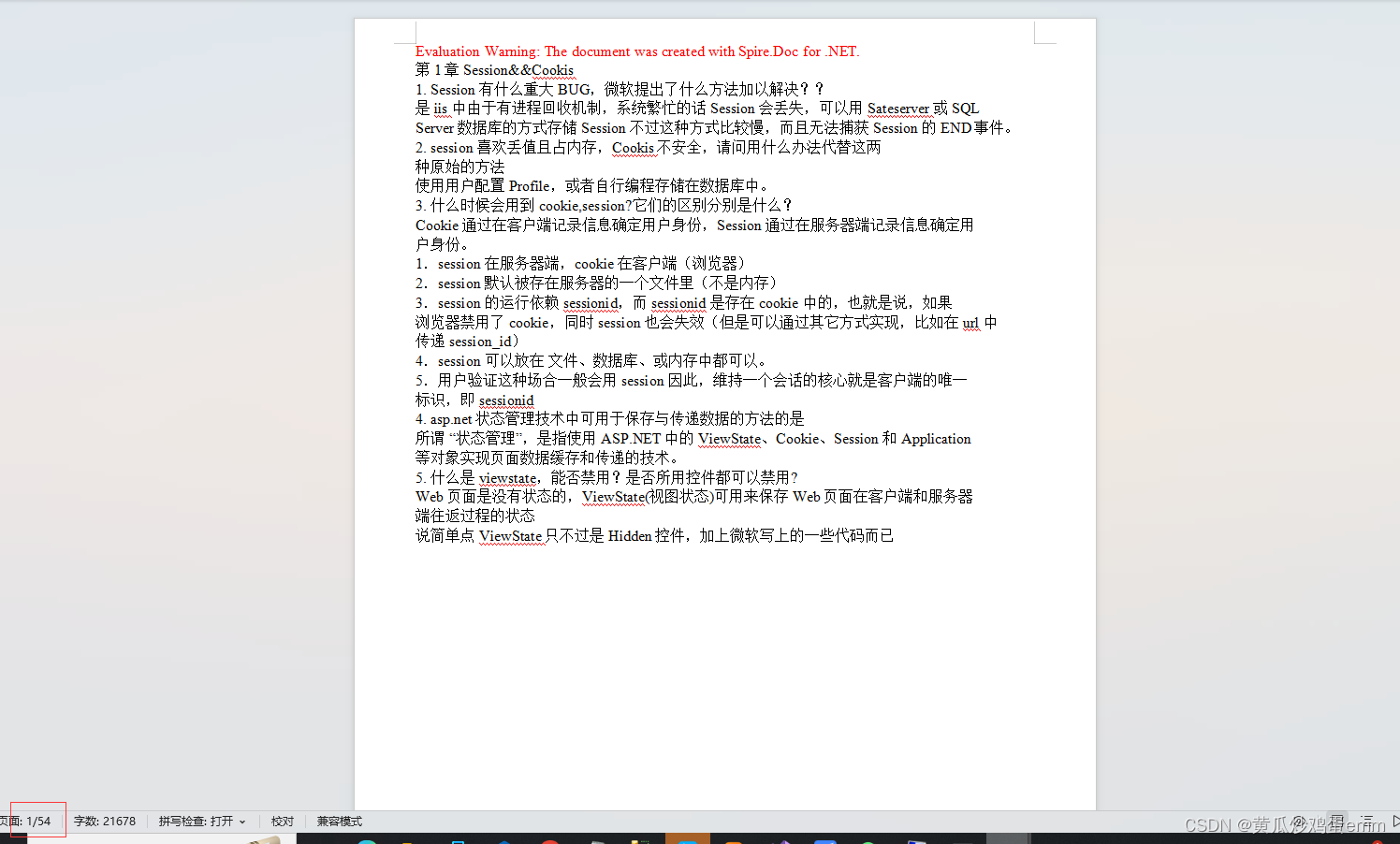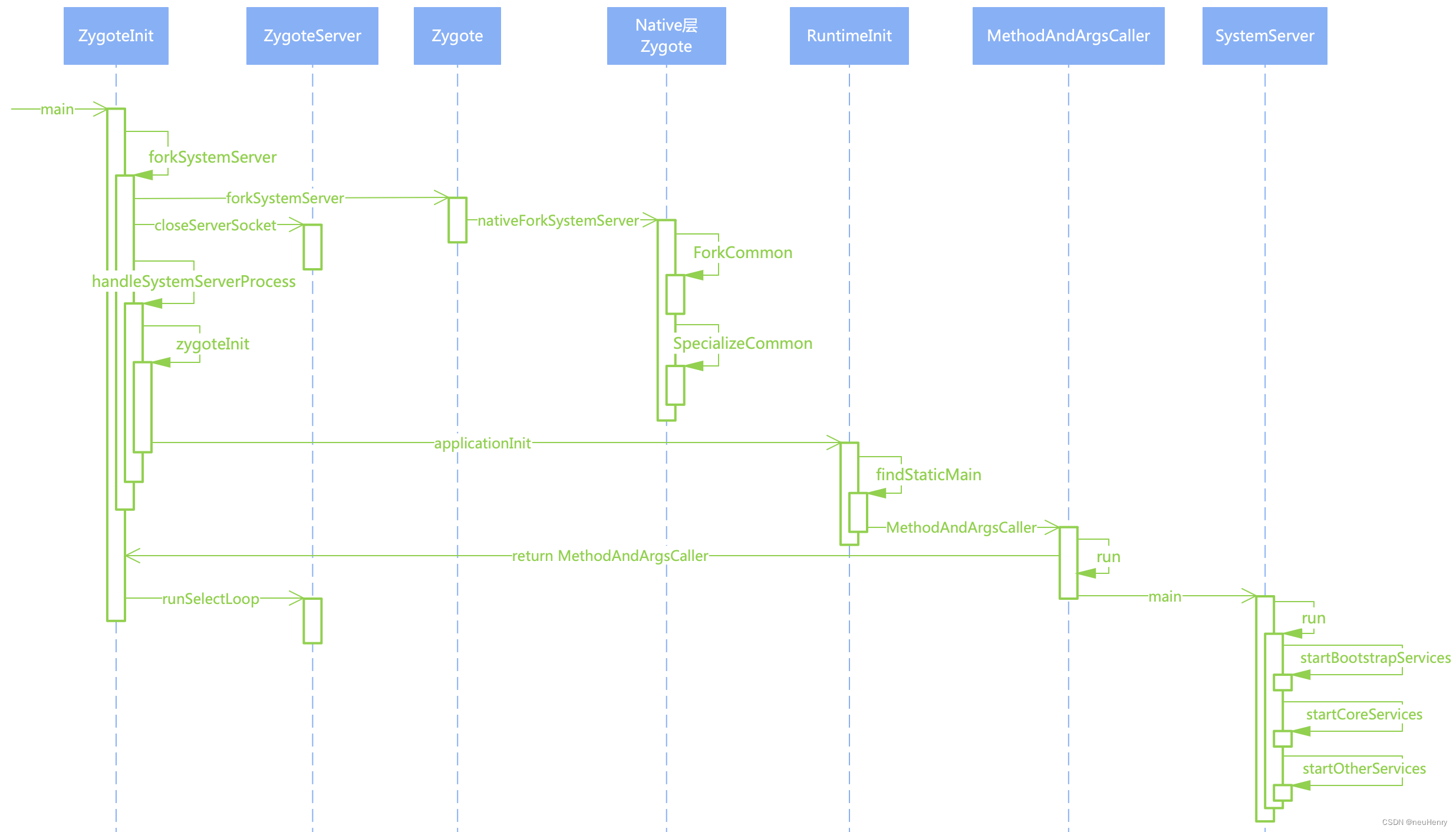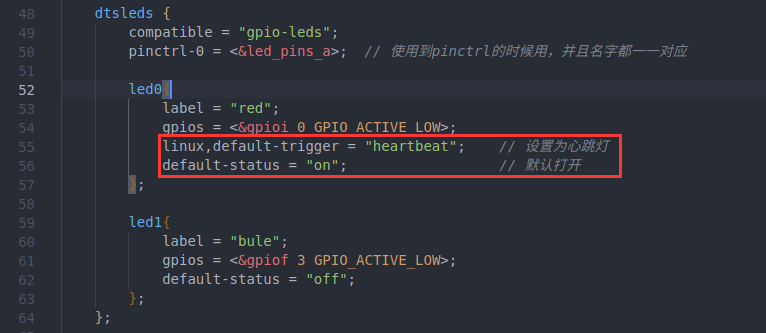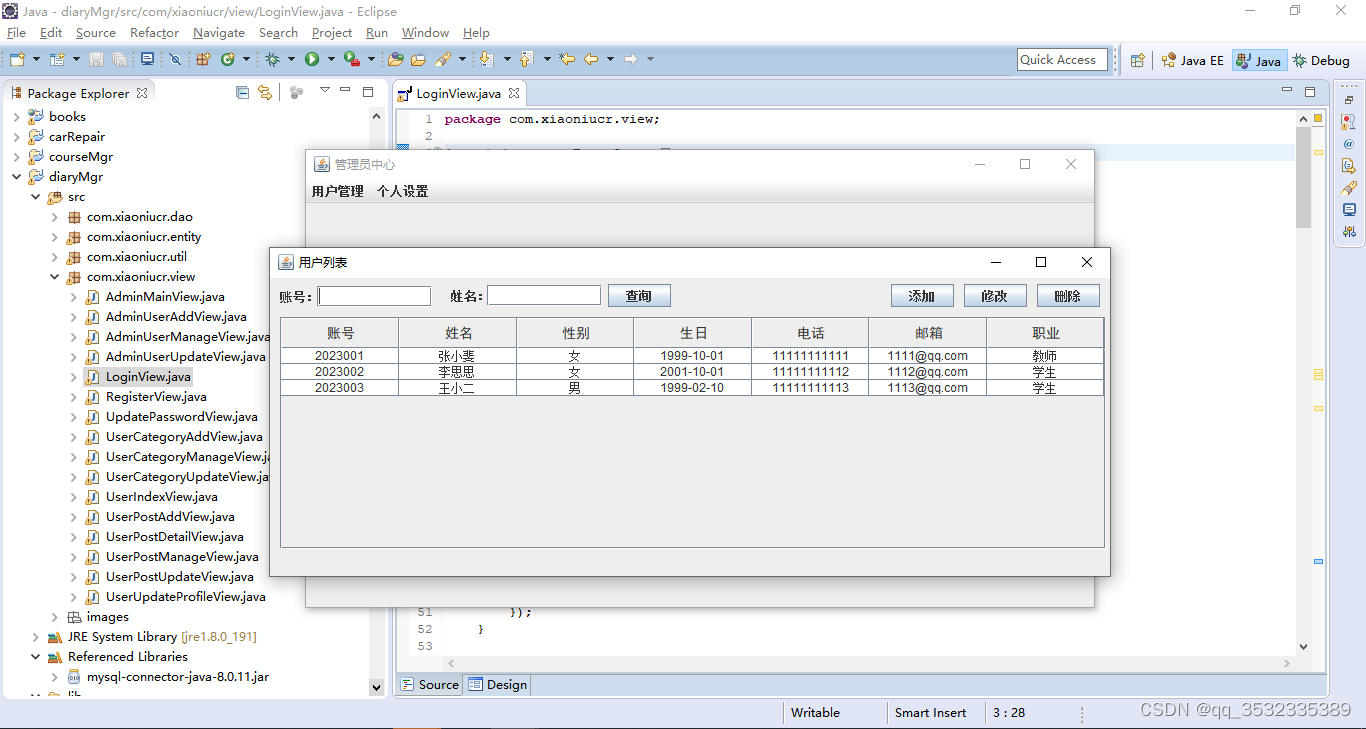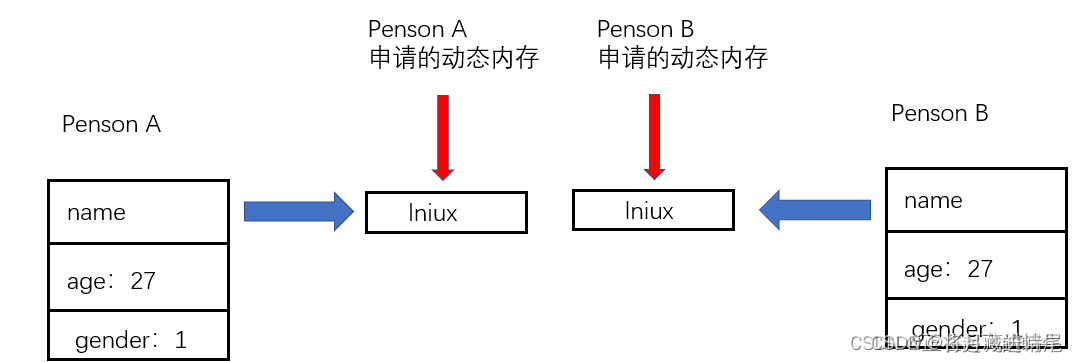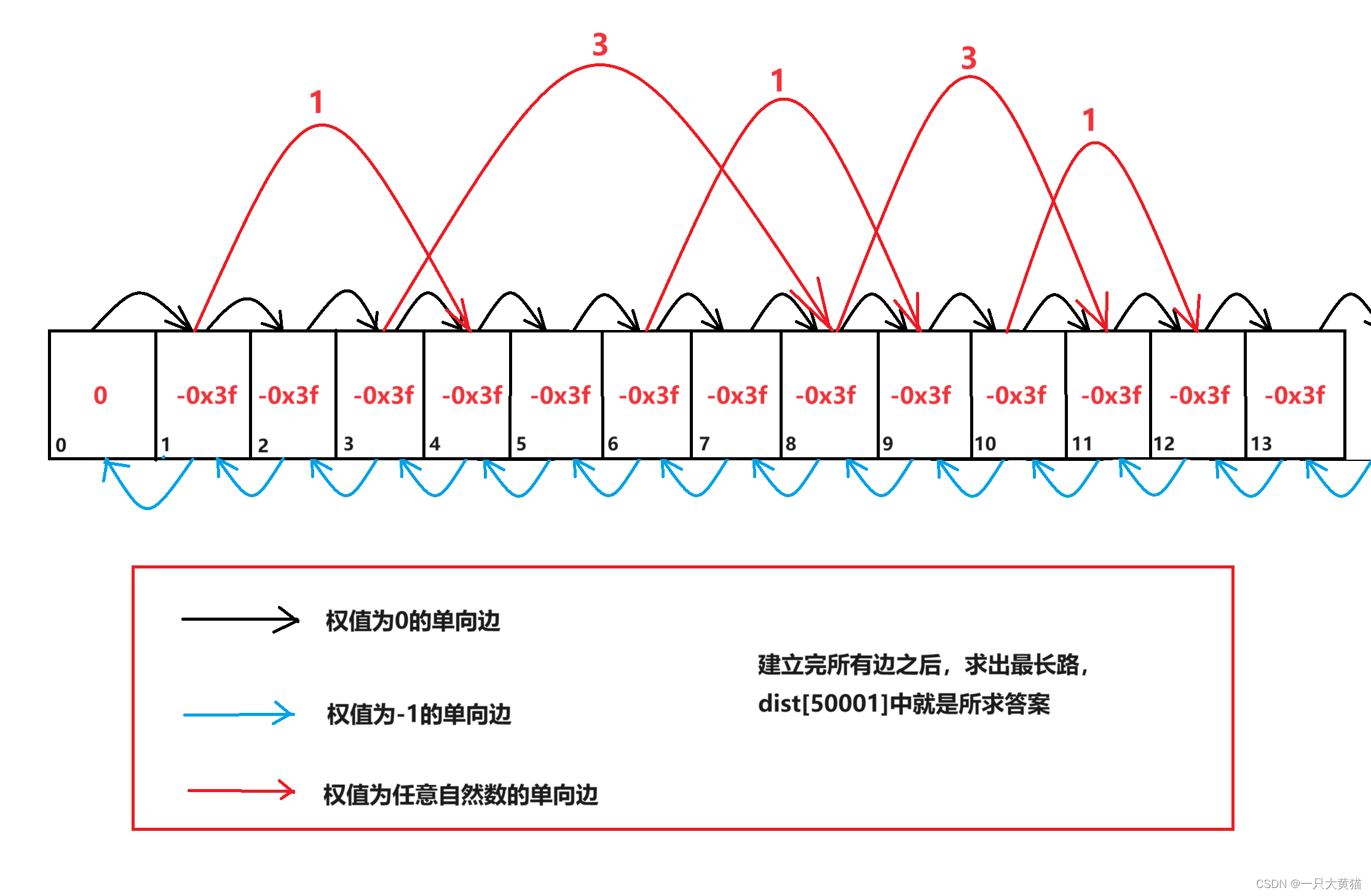函数原型
pid_t vfork(void);//pid_t是无符号整型所需头文件
#include <sys/types.h>
#include <unistd.h>功能
vfork() 函数和 fork() 函数一样都是在已有的进程中创建一个新的进程,但它们创建的子进程是有区别的。
返回值
| 成功 | 子进程中返回 0,父进程中返回子进程 ID |
| 失败 | 返回 -1 |
vfork与fork的区别
关键区别一:
fork执行时无先后顺序,父进程与子进程会争夺执行
vfork保证子进程先运行,当子进程调用exit退出后,父进程才执行
代码验证
#include <stdio.h>
#include <sys/types.h>
#include <unistd.h>int main()
{int fork_t = 0;fork_t = fork();if(fork_t > 0){while(1) {printf("This is father\n");sleep(1);}}else if(fork_t == 0){while(1){printf("This is child\n");sleep(1);}}return 0;
}

#include <stdio.h>
#include <sys/types.h>
#include <unistd.h>
#include <stdlib.h>int main()
{int vfork_t = 0;int count = 0;vfork_t = vfork();if(vfork_t > 0){while(1) {printf("This is father\n");sleep(1);}}else if(vfork_t == 0){while(1){printf("This is child\n");sleep(1);count++;if(count >= 3){exit(-1);//输出三次子进程,之后退出}}}return 0;
}

第一部分代码可见fork函数中的父进程和子进程会争夺输出,而第二部分的vfork函数会在子进程输出3次退出之后再执行父进程。
关键区别二:
fork中子进程会拷贝父进程的所有数据,子进程是父进程的地址空间
vfork中子进程共享父进程的地址空间
代码验证
#include <stdio.h>
#include <sys/types.h>
#include <unistd.h>int main()
{int fork_t = 0;int a = 10;fork_t = fork();if(fork_t != 0){printf("This is father,a = %d\n",a);}else{printf("This is child,a = %d\n",a);}return 0;
}
#include <stdio.h>
#include <sys/types.h>
#include <unistd.h>
#include <stdlib.h>int main()
{int vfork_t = 0;int count = 0;vfork_t = vfork();if(vfork_t > 0){while(1) { printf("count = %d\n",count);printf("This is father\n");sleep(1);}}else if(vfork_t == 0){while(1){printf("This is child\n");sleep(1);count++;if(count >= 3){exit(0);}}}return 0;
}
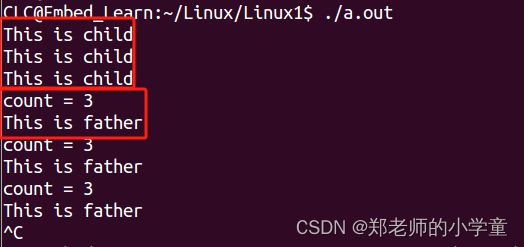
第一部分代码可知,在父进程中定义a,调用fork函数时,父进程与子进程打印a的值一样,说明子进程会拷贝父进程的所有数据(父进程的只打印自己的值,不会收子进程影响);第二部分代码可知,在子进程结束之后,才会执行父进程,且子进程中数值发生改变,在父进程调用时会发生改变(一开始父进程a=0,调用后a=3),会受到子进程影响

